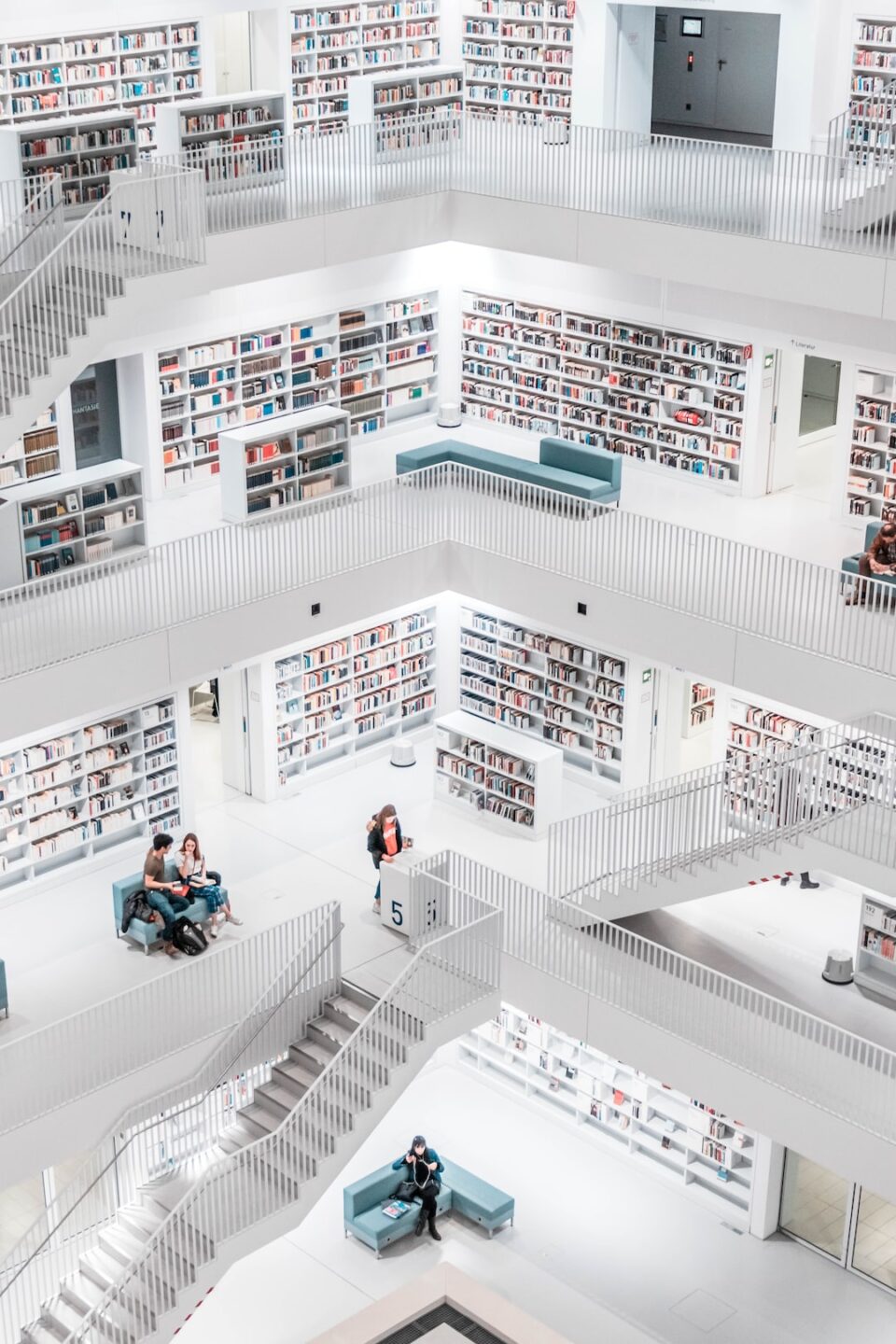Creating Emotional Connections: How Emotional Design Enhances User Experience
In the fast-paced world of technology, user experience is becoming more important than ever. Companies strive to deliver products and services that not only meet the users’ needs but also create a memorable and emotional connection with them. This is where emotional design comes into play.
Emotional design refers to the practice of intentionally designing products or services that evoke certain emotions in users. It goes beyond functionality and aesthetics and focuses on how a product makes users feel. By tapping into users’ emotions, businesses can create a deeper and more meaningful connection, leading to enhanced user experience and brand loyalty.
So, how exactly does emotional design enhance user experience? Let’s dive deeper into the various aspects of emotional design and its impact on user experience.
1. User Engagement: Emotional design captures users’ attention and immerses them in a rich and engaging experience. By appealing to their emotions, it draws them in, making them eager to explore and interact with the product or service. This high level of engagement leads to increased usage and prolonged interactions, ultimately enhancing the overall user experience.
2. Brand Differentiation: In today’s highly competitive market, standing out from the crowd is crucial. Emotional design allows brands to differentiate themselves and create a unique identity. By evoking positive emotions such as joy, delight, or nostalgia, brands can leave a lasting impression on users and set themselves apart from their competitors.
3. Trust and Credibility: Emotional design builds trust and credibility with users. When a product or service successfully addresses users’ emotional needs and desires, it fosters a sense of reliability and authenticity. This emotional connection creates a bond of trust, making users more likely to continue engaging with the brand and endorsing it to others.
4. User Loyalty: Emotional design is a key driver of user loyalty. By creating positive emotional experiences, brands can strengthen their relationship with users, encouraging repeat usage and long-term loyalty. The emotional connection forged through design can even transcend individual products and extend to the overall brand, leading to devoted followers who actively advocate for the brand.
5. Increased Conversions: Emotional design has a significant impact on conversions. When a product or service triggers positive emotions, it creates a sense of desire and urgency in users, increasing the likelihood of them taking the desired action, whether it’s making a purchase, subscribing to a service, or sharing their experiences with others. Emotionally driven design elements, such as persuasive copywriting and compelling visuals, can effectively guide users through the conversion process.
So, how can businesses harness the power of emotional design to enhance user experience? Here are a few strategies to consider:
1. User Research: Understand your target audience’s emotional needs, pain points, and desires through user research. By gaining insights into their motivations and aspirations, you can tailor the emotional design to evoke the desired emotions effectively.
2. Empathy in Design: Put yourself in the shoes of your users and design with empathy. Consider how your product or service can address their emotional needs and provide solutions that resonate with them on a personal level.
3. Consistency in Branding: Create a cohesive and consistent emotional experience across all touchpoints. From your website to your social media presence and product packaging, ensure that your brand consistently evokes the desired emotions, reinforcing the emotional connection with users.
4. Storytelling: Incorporate storytelling elements into your design to create a narrative that resonates with users. A well-crafted story can evoke powerful emotions, making users feel connected to your brand on a deeper level.
5. Personalization: Tailor the user experience to individual preferences and emotions. Personalized experiences make users feel understood and valued, fostering a stronger emotional connection.
Emotional design is a powerful tool for enhancing user experience and building meaningful relationships with users. By understanding and appealing to users’ emotions, businesses can create products and services that leave a lasting impact and drive user loyalty. By incorporating emotional design into your business strategy, you can elevate your user experience and position your brand as a leader in the market.

